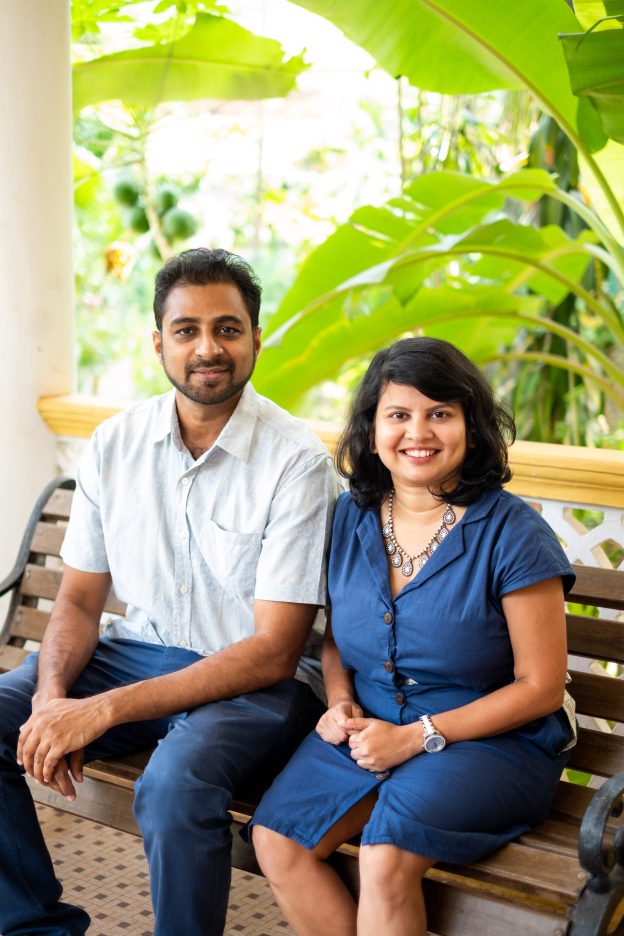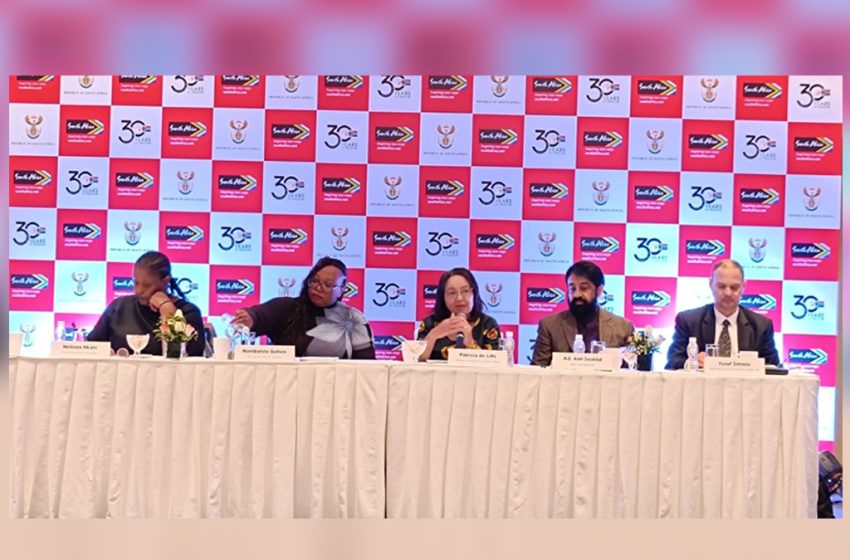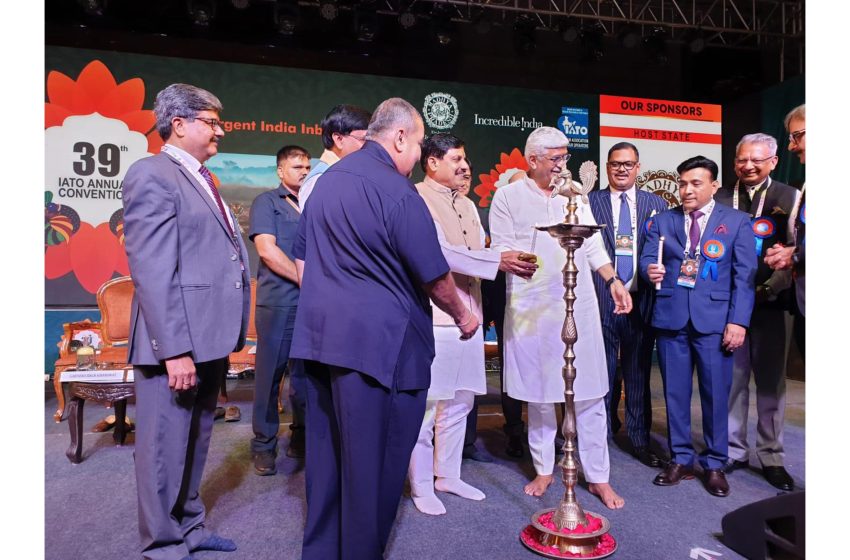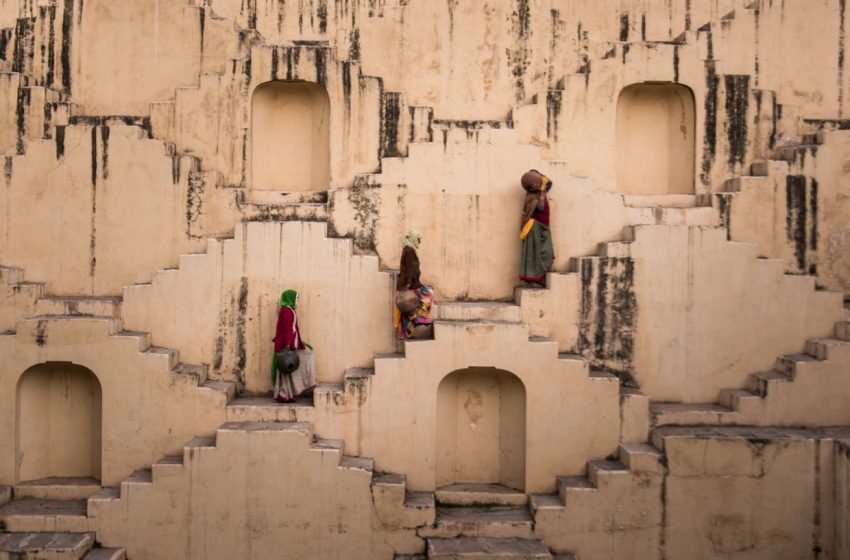Make It Happen, a platform to connect travellers with destinations and their various facets, is keen on engaging with the B2B trade for a wider outreach. Maria Victor, Founder & CEO, Murali Shankaran, Co-Founder & COO, Make It Happen, spoke to Disha Shah Ghosh about their plans.
Q. Give us a brief background about Make It Happen.
Founded in 2011, Make It Happen began with a vision to connect travellers to local communities, celebrating culture, heritage, and traditions through immersive experiences. Starting in Goa, the organisation has expanded to curate unique travel experiences across India, including the Nilgiris and Diu, transforming destinations into vibrant microcosms of cultural discovery.
Our journey has been defined by a commitment to sustainability, storytelling, and community empowerment. From Heritage Walks and Culinary Journeys to Village Saunters and Nature Trails, we have redefined how travellers explore and connect with destinations. By collaborating closely with local communities, we empower them to share their stories, talent, and craftsmanship, creating meaningful cultural exchanges. This focus on storytelling fosters authentic connections between travellers and locals, enabling visitors to not just explore destinations but also understand the cultural narratives that define them.
Make It Happen’s innovative approach to experiential tourism has garnered widespread recognition, including the prestigious Outlook Responsible Tourism Award and features in leading platforms like BBC, CNN Traveler, and Fortune India.
Our impact extends beyond tourism; we have successfully partnered with Diu Smart City in a public-private collaboration to curate Heritage Walks, showcasing the island’s rich culture and history.
With over a decade of expertise, Make It Happen continues to pioneer experiential tourism in India, building bridges between travelers and the heart of the country’s diverse heritage.
Q. What is your customer acquisition strategy?
• Our website: (www.makeithappen.co.in) Offering a seamless online booking experience through a user-friendly website and mobile app.
• Implementing a robust SEO strategy and targeted Google Ads campaigns to increase website traffic and drive bookings
• Leveraging social media platforms to showcase unique experiences and storytelling through engaging content.
• Building alliances with hotels, resorts to cross-sell experiential tours to their guests.
• Engaging with travel agents, destination management companies (DMCs), and tour operators to integrate our experiences into their offerings.
• Conducting educational tours for schools and colleges, highlighting cultural and historical aspects of destinations.
• Offering curated team-building experiences for corporate clients to foster engagement through culture and storytelling.
• Collaborating with PR agencies to ensure consistent media coverage and enhance brand visibility.
• Featuring in renowned travel publications and online platforms to establish credibility.
• Empowering local storytellers and artists, creating a network of ambassadors who promote the experiences organically.
• Introducing “Friends of Make It Happen” programs to encourage
referrals from satisfied customers and ambassadors.
• Partnering with government initiatives, such as Smart City projects, to develop and promote heritage trails and cultural tourism.
• Aligning with tourism authorities to position Make It Happen as a key experiential tourism provider.
Q. Which are some of your prominent top selling destinations? In terms of traveller trends what observations have been made?
Goa has always been our home destination and the heart of our experiential offerings. Our flagship Fontainhas Heritage Walk in Panjim has been a hallmark of our success, recently earning the prestigious TripAdvisor Best of the Best Award in 2024. Beyond this, we have curated over 30 unique experiences across Goa that showcase the state’s vibrant culture and heritage. These include Culinary Journeys, where travellers explore Goan cuisine through local flavours and traditions, and Village Saunters, which offer an intimate glimpse into Goa’s rustic charm and community life. Additionally, our Nature Trails provide a refreshing way to connect with Goa’s serene landscapes and biodiversity.
In addition to our extensive work in Goa, we are proud of our public-private partnership with Diu Smart City, where we collaborated to transform Diu into a heritage-rich tourism destination. Through this partnership, we developed multiple heritage walks that redefined Diu’s narrative, moving beyond its image as a leisure spot to one that celebrates its cultural and historical significance. This successful collaboration exemplifies how experiential tourism can create a meaningful impact at both community and destination levels.
Looking ahead, we aim to expand into metro cities and emerging tourism destinations across India, including the Nilgiris and beyond. By introducing our storytelling-driven approach to these new regions, we strive to connect more travelers with India’s diverse cultural heritage while continuing to elevate Goa’s reputation as a hub for immersive tourism.
In terms of traveller trends, we’ve observed a growing demand for meaningful and sustainable tourism. Travellers increasingly seek to go beyond conventional sightseeing, craving experiences that allow them to connect deeply with a destination’s people, stories, and traditions. We’ve noticed a rise in Indian travellers exploring lesser-known destinations, showcasing a shift toward slow travel and interest in heritage, cuisine, and authentic local lifestyles. Travellers now prefer well-curated, boutique experiences that offer exclusivity and authenticity, steering away from mass tourism activities. This trend inspires us to innovate and design offerings that remain relevant to the evolving preferences of modern travellers.
Q. How are you planning to foray into the B2B travel space?
1. Leverage Media Recognition
o Utilize media features and awards to position as leaders in experiential tourism.
o Highlight recognitions in sales presentations and marketing collateral to build trust.
2. Showcase at Trade Fairs
o Actively participate in domestic and international travel trade fairs to reach potential B2B clients.
o Aim to secure speaking opportunities at these events to demonstrate expertise and thought leadership.
3. Digital Presence on Travel Portals
o List offerings on key B2B travel portals to enhance accessibility for agents and operators.
4. Professional Memberships
o Register with associations like IATO (Indian Association of Tour Operators) & TAAI (Travel Agents Association Of India) and India Tourism to gain credibility.
5. Collaborations with Hospitality Partners
o Partner with hotels to offer curated in-house cultural experiences and tailor-made itineraries for guests.
6. Engage with OTAs and Tour Operators
o Build partnerships with Online Travel Agencies, MICE (Meetings, Incentives, Conferences, Exhibitions) operators, and inbound tour operators to include experiential packages in their offerings.
7. Partnerships with Airlines
• Collaborate with airlines to feature experiential packages as part of their destination promotions or loyalty programs.
• Work with in-flight magazines and media to showcase unique travel experiences and engage with a global audience.








